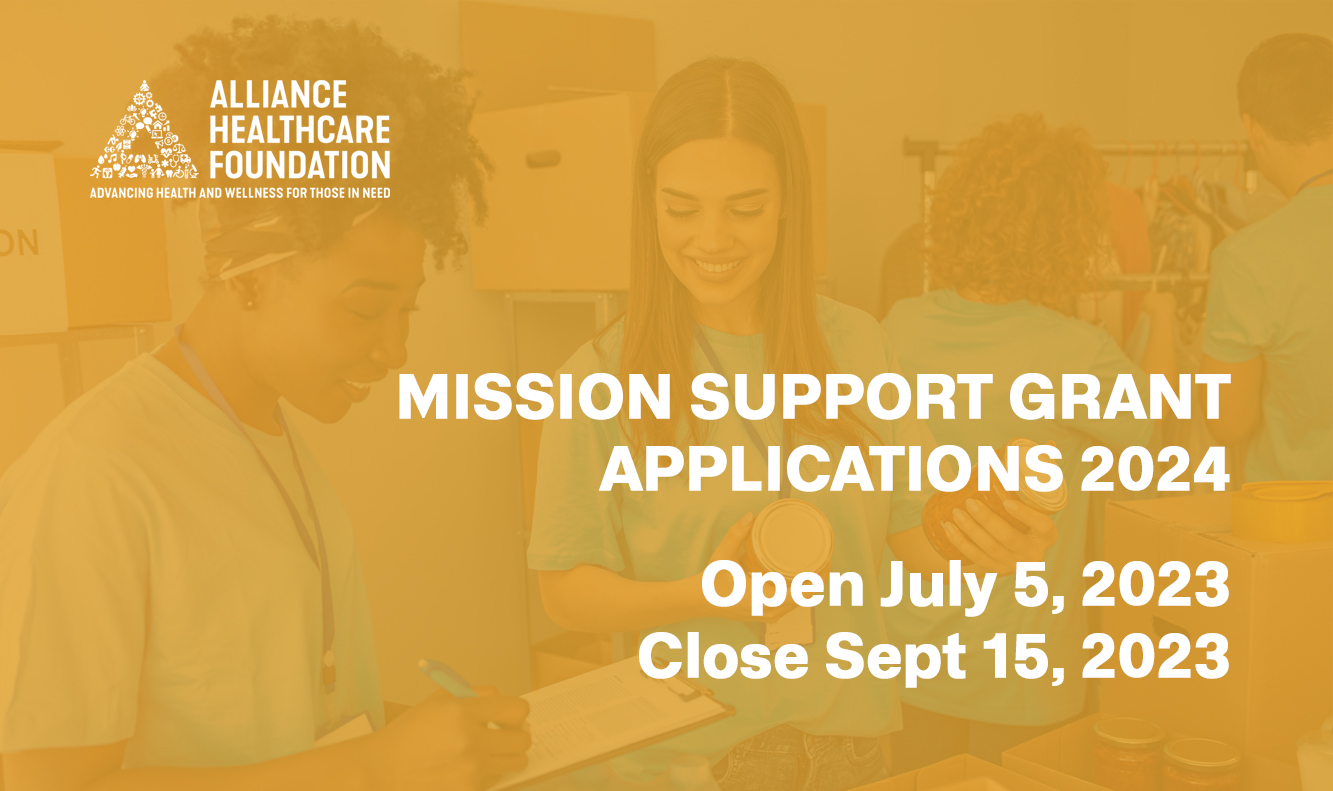August 30, 2017
According to a 2016 UCLA study, the majority of adults in California are prediabetic or diabetic. Let that sink in for a moment: The MAJORITY of adults in this state either have diabetes or are at increased risk for developing the disease. (For the purposes of this blog post, we’re talking about Type 2 diabetes, which usually occurs later in life and is typically lifestyle-related; Type 1 diabetes usually develops much earlier and has a stronger genetic component). New criteria used to identify those at risk for developing diabetes indicates that 46% of adults in California have prediabetes or undiagnosed diabetes. Combined with the 9% of adults in the state already diagnosed with diabetes, that puts the percentage of the state’s population suffering from prediabetes or diabetes at 55%! Rates are even higher in Imperial County where a staggering 62% of the population—almost 2/3—has prediabetes or diabetes. “This is the clearest indication to date that the diabetes epidemic is out of control and getting worse,” says Dr. Harold Goldstein, Executive Director of the California Center for Public Health Advocacy, speaking about the findings of the UCLA study.
So, what do these findings mean, and what can be done?
What is prediabetes?
The first thing to make clear is that prediabetes is not a newly discovered condition. Prediabetes simply indicates elevated blood sugar levels that are not elevated enough for a person to be diagnosed with diabetes. Untreated diabetes is associated with dramatically increased risk of nerve damage, kidney disease, heart disease, hospitalization, blindness, amputation, and premature death. Because of the severity of complications caused by diabetes, the health community, led by the Centers for Disease Control and Prevention (CDC), has made a strong push to identify those most at risk of developing the disease, which is how the concept of prediabetes developed. Of those diagnosed as being prediabetic, 30% of those people will develop diabetes within five years, and 70% of those will develop diabetes within their lifetime if no changes are made to improve their health. These percentages can be dramatically lowered with simple diet and lifestyle interventions, however, which is why doctors are working so hard to get the word out about those most at risk. Currently, less than 12% of those with prediabetes are aware of their condition.
Who is at risk?
Certain racial and ethnic groups have significantly higher risks of developing prediabetes and diabetes. The UCLA study showed that there are higher prediabetes rates among young adult Pacific Islanders (43%), African Americans (38%), American Indians (38%), multiracial Californians (37%), Latinos (36%), and Asian Americans (31%) than among white young adults (29%).
Men are more likely to be prediabetic (37%) than women (29%), and there is also a strong correlation between education and rates of prediabetes. Those with less than a high school education had a 13% rate of prediabetes while those with more than a high school education had the lowest rate with only 7%.
Individuals from low-income, food-insecure households are also at higher risk of developing diabetes. One of the main reasons why is that people in these homes often have limited access to affordable, healthy food, so they end up opting for low-cost, filling foods that have very little nutritional value. And when a discreet period of food insecurity has passed, these individuals often overeat or binge in order to feel satisfied.
“The highest incidence among prediabetes and diabetes occurs in those individuals with lower income, less education and to a large degree who live in rural areas,” said Dr. Howard Selinger, chair of family medicine at Quinnipiac University in North Haven, Conn.
Are you at risk of developing prediabetes or diabetes? Take the Type 2 Diabetes Risk Test on the American Diabetes Association’s website to find out.
Cost
Aside from the obvious physical costs of developing diabetes, the financial burden of the disease can be eye opening. Annual spending in this country for people who have diabetes is almost twice as much as those who don’t have the disease. Individuals diagnosed with diabetes before the age of 40 will spend an additional $124,600 on medical bills over the course of their life than those without the disease.
Cruelly, diabetes complications can be even more costly for those from low-income, food-insecure households. People who rely on food stamps often have to ration their food intake near the end of the month when their food stamps are running low, and this can cause serious health risks for those with diabetes. “If you’re diabetic, take a stable amount of medication, and start eating less, your blood sugar is going to go down,” says Hilary Seligman, researcher from the University of California-San Francisco. “This is people going hungry, skipping meals and ending up in the hospital,” Seligman says. “From my perspective as a public health researcher, it’s cheaper to make sure people don’t get hungry than to deal with the far more expensive healthcare costs of not having access to food.”
What can be done?
According to the Centers for Disease Control (CDC), losing weight through increased exercise and an improved diet can cut the risk of developing diabetes in half. Losing even a small amount of weight can take people out of the danger zone, said Dr. Rhonda Bentley-Lewis, an assistant professor of medicine at Harvard Medical School.
“I stress to my patients that we’re not talking about a huge amount of weight. Just 5 to 7 percent of one’s body weight” she said. That’s 10 to 14 pounds for someone who weighs 200 pounds.
Challenges
Though simple lifestyle changes can dramatically decrease the risk of someone with prediabetes developing full-blown diabetes, people aren’t likely to make such changes if they don’t know they’re at risk. Unfortunately, blood tests for prediabetes are often not covered by insurers, especially for people under 45, and effective intervention programs are often not covered by insurers either.
“There are significant barriers not only to people knowing their status, but getting effective help,” said Dr. Susan Babey, lead author of the study and co-director of the UCLA Center for Health Policy Research’s Chronic Disease Program. “A simple blood test for diabetes should be covered by all insurers, as should the resources and programs that can make a real difference in stopping the progression of this terrible disease.”
Adds Dr. Goldstein, “For most people, type 2 diabetes is entirely preventable. If Medi-Cal covered diabetes prevention programs and every health provider screened for prediabetes, we could prevent a large proportion of cases. In exchange for a proactive investment today, we can save billions of dollars in health care costs over the next five years and beyond, and save thousands of lives.”
Where to Get Help in Our Region
Imperial County
Residents of Imperial County can get information about prediabetes and diabetes by contacting Clinica de Salud del Pueblo at (760) 344-9951. The El Centro Regional Medical Center offers diabetes education classes in both El Centro and Calexico and can be reached at at (760) 482-5000.
Residents in Imperial County who have concerns about food insecurity are encouraged to contact the Imperial Valley Food Bank at (760) 370-0966.
San Diego County
San Diego County residents are encouraged to contact the local chapter of the American Diabetes Association at (619) 234-9897 for information about community clinics that offer diabetes educational programs. Residents can also contact San Diego Health and Human Services at (858) 495-5588 to learn more about diabetes prevention.
Please contact the San Diego Hunger Coalition at (619) 501-7917 for information about food distribution services in the county.
If you already have health insurance, please talk to your doctor to see what sort of diabetes prevention programs your health group offers.
Contact Us
Have you or has someone you know been diagnosed with prediabetes? What have you found to be helpful for losing weight and moving out of the pre-diabetic zone? Leave a comment below!
Interested in knowing more about our grantees working on health issues such as diabetes? Leave us a comment on Facebook or send us a tweet @AllianceHF to continue the conversation. We’d love to hear your thoughts, answer your questions, or provide resources as needed.
– Nancy Sasaki, Executive Director
Alliance Healthcare Foundation
NSasaki@AllianceHF.org
Related News

Jul 5, 2023
2024 Mission Support-open
Open Request for Grant Applications: 2024 Mission Support APPLY HERE [...]

Oct 22, 2021
National Domestic Violence Awareness Month – October
Addressing Domestic Violence in the Refugee/Immigrant Community According to the [...]
Oct 18, 2017
AHF in the Community – September Recap
From Nancy Sasaki, Executive Director – There was a lot [...]


